Nov 11, V7N-The Philippines is grappling with Typhoon Toraji, the fourth major storm to hit the country in under a month, intensifying challenges for a disaster-fatigued nation. As Typhoon Toraji made landfall near Dilasag town, officials moved quickly to order evacuations across 2,500 villages, shut down schools and government offices, and close ports to prevent accidents amid severe weather. Winds have been recorded at up to 130 kilometers per hour (80 mph), with heavy rains and a high risk of storm surges expected to impact northern Luzon.
Nearly 700 passengers have been stranded at ports, with coast guards advising against sea travel due to dangerous conditions. Authorities have also warned mariners to stay in port or find shelter until weather conditions improve. Despite swift response efforts, there are no immediate reports on the number of evacuees or casualties from the latest storm, although past cyclones in recent weeks have left a significant toll.
Just days before, Typhoon Yinxing struck the northern coast, causing damage and claiming the life of a 12-year-old girl. Severe Tropical Storm Trami and Super Typhoon Kong-rey also impacted the region, leaving 158 dead, primarily from Trami's impact.
Further complicating matters, a tropical depression is anticipated to affect the northern region by Thursday, and Tropical Storm Man-yi, currently near Guam, could pose another threat next week. This sequence of intense storms reflects a worrying trend identified in recent studies, suggesting that climate change is contributing to more rapidly intensifying storms closer to Asia-Pacific coastlines, with these storms now lasting longer over land, increasing the severity of impacts on populated areas. The Philippines, already accustomed to approximately 20 major storms annually, is facing increased vulnerability as climate change heightens the frequency and intensity of storms across the region.
END/WD/RH/



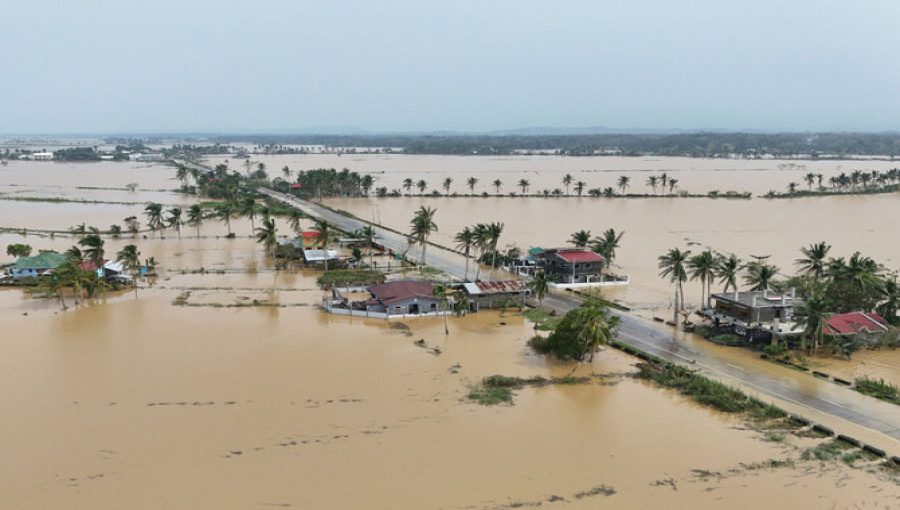

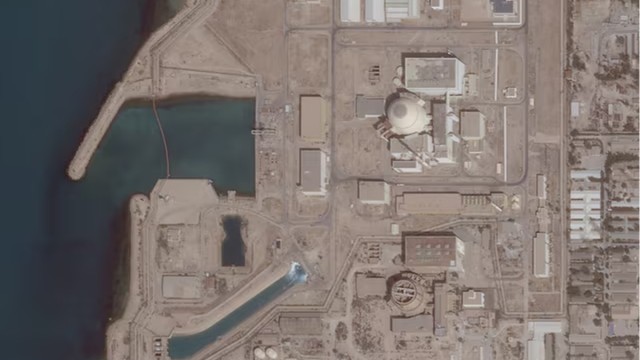



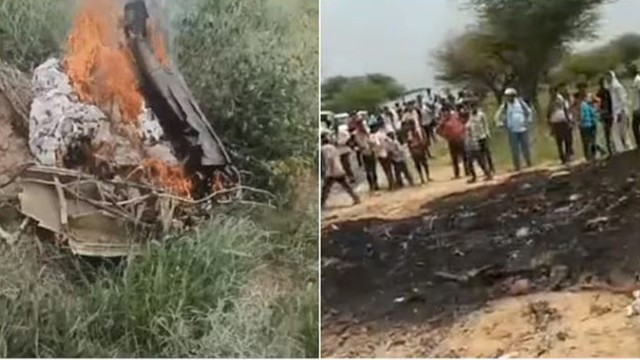








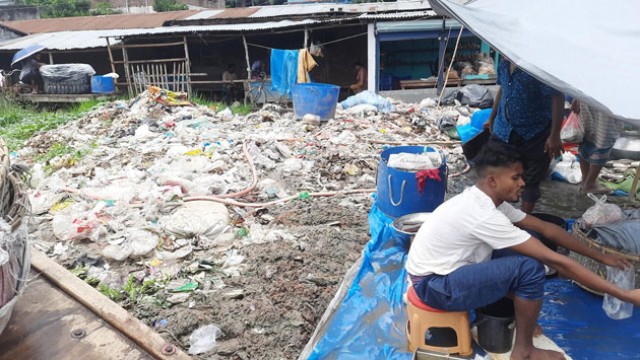




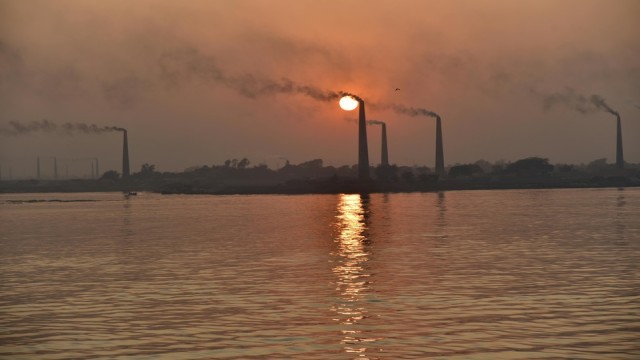



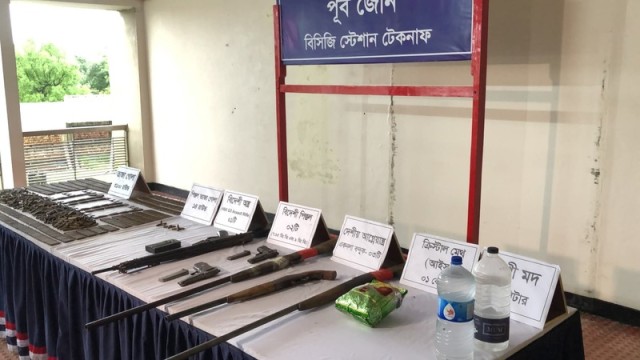


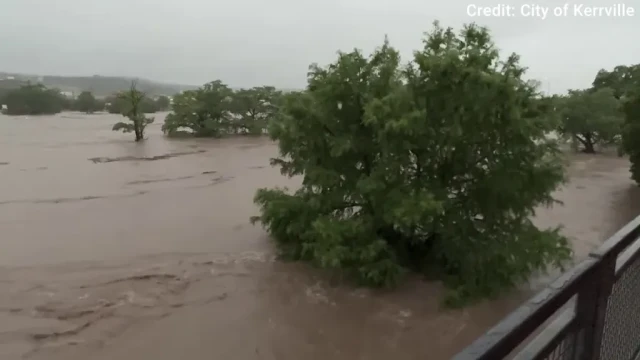
Comment: